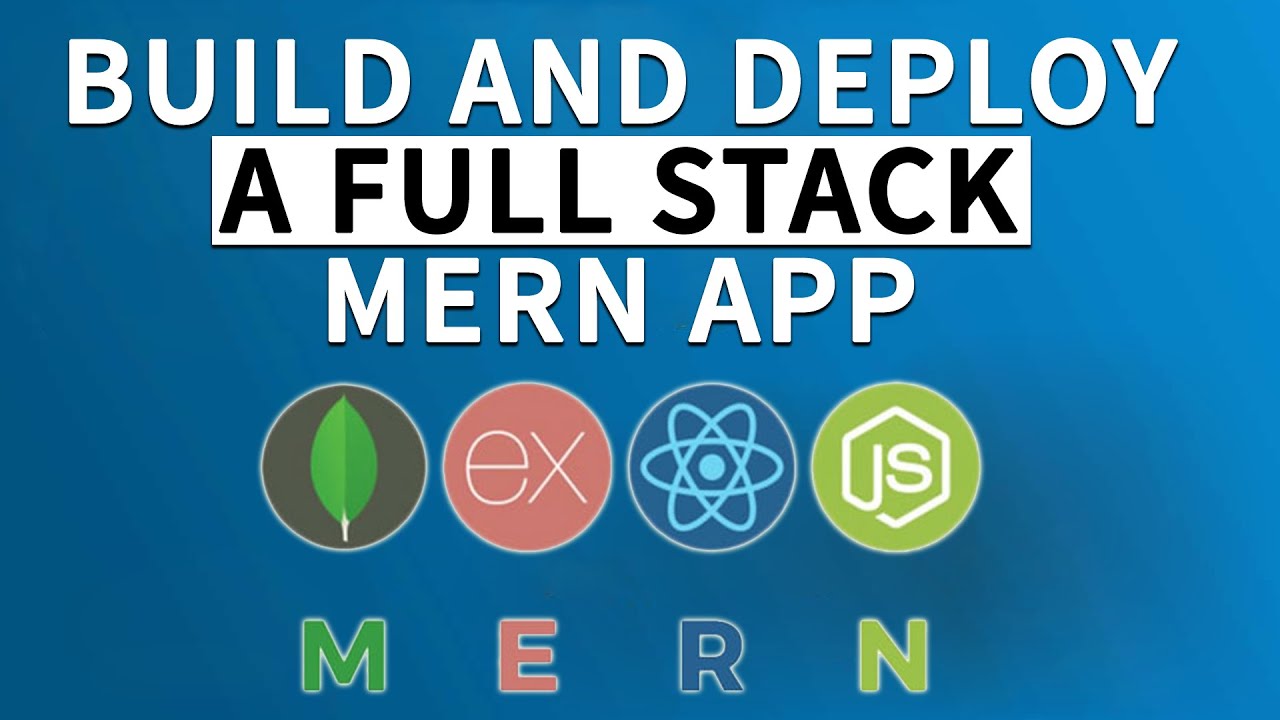How To Build MERN Stack Application?
 Pankaj Sharma
Pankaj Sharma
Introduction
The MERN stack, comprising MongoDB, Express.js, React.js, and Node.js, stands as a leading choice for developing dynamic and robust web applications. MongoDB serves as the NoSQL database, Express.js handles server-side operations, React.js provides the client-side user interface, and Node.js manages the server environment. This stack offers a seamless, end-to-end JavaScript experience, enabling developers to create efficient and scalable applications. Leveraging the strengths of each component, MERN stack applications deliver flexibility, performance, and rapid development capabilities.
In this guide, we delve into the process of building a MERN stack application, exploring its components and demonstrating how they integrate to create modern web solutions.
Who Can Build A MERN Stack Application?
Anyone with a solid understanding of JavaScript and web development concepts can build a MERN stack application. Developers familiar with frontend technologies like React.js and backend technologies like Node.js can easily grasp the MERN stack architecture. Additionally, individuals with experience in MongoDB and Express.js will find transitioning to MERN smooth. Moreover, tutorials and resources available online cater to beginners, providing step-by-step guidance. Whether you're a seasoned developer or a newcomer eager to learn, building a MERN stack application offers an excellent opportunity to hone your skills and create modern, feature-rich web applications.
Building A MERN Stack Application
Building a MERN stack application involves using MongoDB, Express.js, React.js, and Node.js to create a full-stack web application.
Below is a guide that will help you through the process with a brief overview of each component along with some code snippets to get you started? You can also join the Best MERN Stack Course for better training under expert mentors.
1. Setting Up MongoDB
MongoDB is a NoSQL database used to store data for your application. First, you need to install MongoDB on your system and start the MongoDB service.
“# Install MongoDB on Ubuntu
sudo apt install mongodb
# Start MongoDB service
sudo service mongodb start”
2. Creating a Nodejs Backend with Expressjs
Express.js is a web application framework for Node.js. It simplifies the process of creating robust APIs.
Create a new directory for your project and initialize it:
“mkdir my-mern-app
cd my-mern-app
npm init –y”
Install required dependencies:
“npm install express mongoose body-parser cors”
Create a server file (e.g., “server.js”) and set up basic server configuration:
“// server.js
const express = require('express');
const mongoose = require('mongoose');
const bodyParser = require('body-parser');
const cors = require('cors');
const app = express();
// Middleware
app.use(bodyParser.json());
app.use(cors());
// MongoDB Connection
mongoose.connect('mongodb://localhost/my_mern_app', { useNewUrlParser: true, useUnifiedTopology: true })
.then(() => console.log('MongoDB connected'))
.catch(err => console.log(err));
// Routes
app.use('/api', require('./routes/api'));
// Start server
const PORT = process.env.PORT || 5000;
app.listen(PORT, () => console.log(`Server started on port ${PORT}`));”
Create routes for your API endpoints in a separate file (“routes/api.js”).
3. Setting Up Reactjs Frontend
React.js is a JavaScript library for building user interfaces. Create a new directory for the frontend:
“npx create-react-app client”
Install additional dependencies:
“cd client
npm install axios react-router-dom”
Replace the contents of “client/src/App.js” with the following code:
“// App.js
import React from 'react';
import { BrowserRouter as Router, Route } from 'react-router-dom';
import Home from './components/Home';
import About from './components/About';
function App() {
return (
<Router>
<div>
<Route exact path="/" component={Home} />
<Route path="/about" component={About} />
</div>
</Router>
);
}
export default App;”
Create your components in the “client/src/components” directory (e.g., “Home.js”, “About.js”).
4. Connecting Frontend with Backend
You can make HTTP requests from your React components to interact with your Express backend using Axios.
Example of making a GET request in your React component:
“// Home.js
import React, { useState, useEffect } from 'react';
import axios from 'axios';
function Home() {
const [data, setData] = useState([]);
useEffect(() => {
axios.get('/api/data')
.then(res => setData(res.data))
.catch(err => console.log(err));
}, []);
return (
<div>
{data.map(item => (
<div key={item._id}>{item.name}</div>
))}
</div>
);
}
export default Home;”
5. Running the Application
Start both the backend and frontend servers:
“# In the root directory
node server.js
# In the client directory
npm start”
Your MERN stack application should now be running. Access it through your browser at “http://localhost:3000”.
This is just a basic setup. As you progress, you can expand your application by adding authentication, database schema, more components, and improving the overall functionality.
Conclusion
To summarise, building a MERN stack application offers a powerful and flexible approach to developing modern web applications. You can train in the MERN Stack Certification for more efficiency. By combining MongoDB, Express.js, React.js, and Node.js, developers can create robust full-stack applications with ease. The modular nature of each component allows for efficient development, seamless data flow, and scalability. With MongoDB's NoSQL database, Express.js's middleware capabilities, React.js's component-based UI, and Node.js's server-side JavaScript runtime, MERN stack applications provide a comprehensive solution for building dynamic and responsive web applications. Embracing the MERN stack empowers developers to create feature-rich, high-performance applications that meet the demands of today's digital landscape.
Subscribe to my newsletter
Read articles from Pankaj Sharma directly inside your inbox. Subscribe to the newsletter, and don't miss out.
Written by

Pankaj Sharma
Pankaj Sharma
Hi, I’m Pankaj Sharma from Noida and working as an educational blogger.